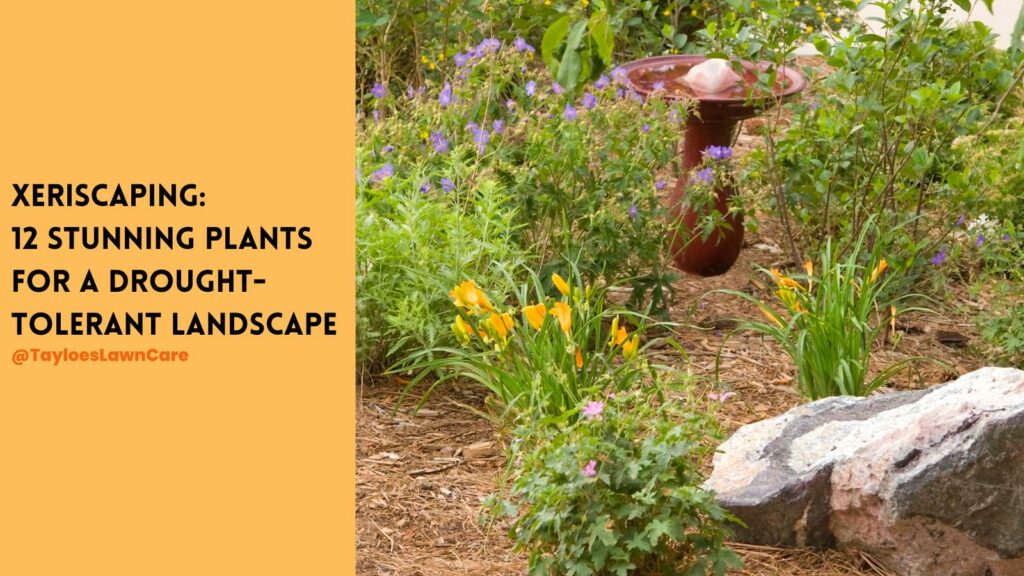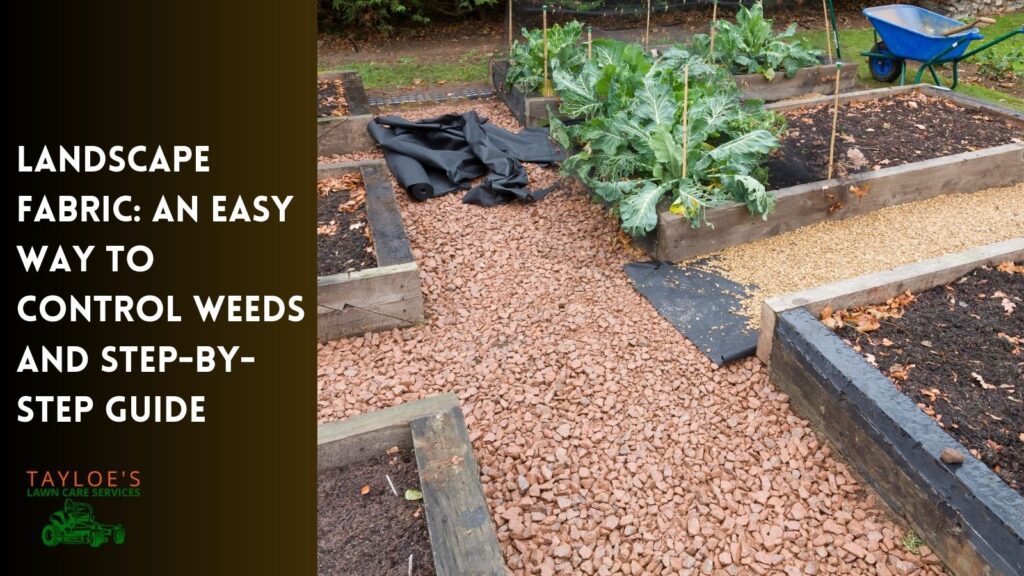Last Updated on: 8th December 2024, 12:40 pm

Read why building raised beds is all the rage.
Raised garden beds gained popularity among gardeners of all skill levels. That’s because it offers an efficient and visually appealing way to grow various plants, including vegetables, herbs, and flowers. This gardening method involves building elevated planting areas. That allows for better control over soil conditions, drainage, and overall plant health.
In this article, we will explore the numerous benefits of raised bed gardening and tips on starting your own bed garden. Whether you’re a seasoned gardener looking to maximize your growing space or a beginner just starting your gardening endeavor, raised bed gardening has something to offer everyone.
7 Noteworthy Benefits of a Raised Bed Garden
Before we discuss how to make raised beds, let’s talk about the benefits of gardening boxes.
1. Improved soil drainage and aeration with planter boxes
One of the primary benefits of raised garden beds is the improvement in soil drainage and aeration. Raised beds elevate the soil above ground level, which promotes deep drainage and prevents waterlogged roots. You will notice if water starts to pool and can address it promptly.
The looser soil structure also allows for more efficient oxygen exchange, enabling plant roots to access the air they need to thrive.
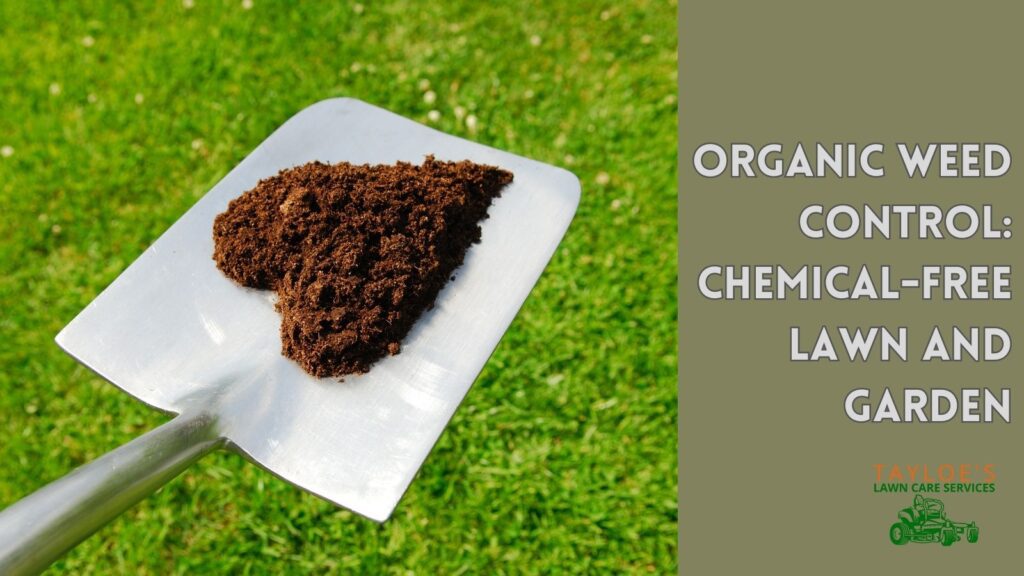
2. Easier weed and pest control with raised planter boxes
Raised bed gardens make it easier to manage weeds and pests. The contained soil in raised beds tends to have fewer weed seeds, resulting in less weeding work. Additionally, the beds’ taller height can deter pests, such as slugs and snails. Installing barriers or fencing around the raised beds can protect your efforts from pests like rabbits and deer.
3. Increased yield and productivity with a raised bed garden
With better soil conditions and fewer weeds and pests, raised garden beds increase yield and productivity. The improved growing conditions allow plants to grow stronger and healthier, leading to higher fruit and vegetable production. Furthermore, raised beds enable gardeners to plant more densely, making the most of their available space.
4. Customizable soil composition with raised beds
One of the challenges faced by gardeners is working with less-than-ideal soil conditions. Raised bed gardening allows you to create a customized soil mix tailored to the needs of your plants. This provides you with the opportunity to grow plants that may not thrive in your native soil or to fine-tune the soil composition for specific plants to optimize their growth.
5. Accessibility and reduced strain on the body with a raisedgarden beds
Raised bed gardens are more accessible for people with limited mobility or those who experience discomfort when bending and kneeling. The elevated position of the beds reduces the need to bend over, making gardening tasks easier on the back and knees. This accessibility allows a broader range of people to enjoy the physical and mental health benefits of gardening.
6. Extended growing season of raised vegetable, herb, or flower beds
The elevated soil in raised beds warms up more quickly in the spring, allowing planting earlier in the season. This extended growing season allows gardeners to harvest crops sooner and potentially grow more throughout the year. Additionally, the improved drainage of raised beds promotes runoff after heavy rain, similar to in ground beds.
7. Aesthetics and versatility of raised beds
Raised bed gardens offer a visually appealing and versatile option for landscaping. The elevated planting areas create an attractive focal point, and the beds can be designed in various shapes, sizes, and materials to complement your garden’s aesthetic. Raised bed gardens can also define spaces, create pathways, or add structure to your outdoor living area.
Types of Raised Bed Gardens
From lovely flower boxes that show off splashes of colorful annuals to a culinary herb garden, you have many options when planting in garden boxes. This section helps better define each type of garden structure.

Gardening boxes
Gardening boxes are raised garden beds designed for growing plants in a contained and elevated space. They are typically constructed from wood, metal, or plastic and come in various sizes to accommodate different plants and growing spaces. Gardening boxes are an excellent option for small gardens, patios, or balconies with limited space.
Planter boxes
Planter boxes are similar to gardening boxes but are often smaller and more decorative. They are designed to hold individual plants or small groupings of plants and can be made from various materials, such as wood, metal, or resin. Planter boxes can be placed on the ground, on a patio, or even mounted on walls or fences, making them a versatile option for adding greenery to your outdoor space.
Raised beds
Raised beds are more extensive, more permanent structures for growing many plants, including vegetables, fruits, flowers, and herbs. These beds are built using wood, metal, or concrete blocks and are elevated to various heights to suit the gardener’s needs. Raised beds can be constructed in various shapes and sizes, making them adaptable to different garden layouts and styles.
Garden beds for vegetables
Garden beds designed specifically for growing veggies are larger, more spacious raised beds that provide ample room for various crops. These beds allow gardeners to grow their vegetables in organized rows or a grid pattern, making it easier to maintain and harvest the crops. The elevated design of garden beds for vegetables ensures better soil quality and drainage, leading to healthier and more productive plants.
Raised flower beds
Raised flower beds are elevated planting areas for growing ornamental plants and flowers. These beds can be made from various materials and are often used to create attractive focal points within your yard. Raised flower beds provide improved growing conditions for your plants. But they also help showcase your flowers by lifting them above the ground level.
Raised planter boxes for herbs
Raised planter boxes explicitly designed for growing herbs allow gardeners to cultivate different herbs in an organized and accessible manner. These elevated planters can be built using various materials, and their smaller size makes them ideal for placing on patios, balconies, or in compact garden spaces. Raised planter boxes for herbs provide better drainage and soil quality, leading to healthier and more abundant herb growth.
How to Start a Raised Bed Garden
Now that you know the terminology, let’s look at some materials at how to start raised bed gardening.
Selecting the right location
Choosing the best location for your raised garden beds is crucial for its success. Most veggies, fruits, and flowers require at least six to eight hours of direct sunlight daily. Observe your yard or garden area throughout the day and select a spot with optimal sunlight. Additionally, consider the proximity to a water source and the location’s accessibility for garden maintenance.
Choosing the appropriate size and layout
Determine the size and layout of your garden on the available space and the types of plants you want to grow. Consider the plants’ mature size and spacing requirements when planning the layout. It’s a good ideas to make raised beds no wider than four feet to allow easy plant access without stepping on the dirt. The bed length can vary depending on the space available and your gardening goals.
Selecting the best materials for construction
Choose suitable materials for constructing your raised bed garden based on durability, aesthetics, and budget. Common materials include wood, metal, and concrete blocks. Cedar, redwood, and composite lumber are popular choices for wooden beds due to their resistance to rot and pests. Galvanized steel, Corten steel, or aluminum is useful for metal raised beds, while concrete blocks or bricks can create a more permanent and sturdy structure.
Building the raised bed structure
Construct your raised bed garden by following a detailed plan or design. Ensure the bed is level and securely anchored to prevent shifting over time. If you use wood, use galvanized or stainless steel screws to assemble the structure. Use appropriate connectors or adhesives to secure the components for metal or concrete beds.
Depending on the bed height, you may need to add support structures, such as cross braces or corner posts, for added stability. Several factors come into play here, and it sometimes takes a few adjusments to get your specific height and width just right.
Planting Your Raised Garden Beds
Are you ready to get your hands in the dirt and plant?
Preparing the soil mix
Create a high-quality soil mix tailored to the needs of your plants. A good starting point is a blend of equal parts topsoil, compost, and coarse sand or perlite. This mix provides a balance of nutrients, organic matter, and drainage. Adjust the soil composition based on the specific requirements of the plants you intend to grow. Be sure to fill the raised bed up to the top edge to allow for settling and to maximize the growing space.
Plant selection and planting techniques
Choose plants well-suited to your climate and the specific sun conditions of your raised garden beds, such as sunlight exposure and soil composition. Consider each plant’s mature size and spacing requirements to ensure optimal growth. Follow the recommended guidelines for each plant species, including proper planting depth, spacing, and watering.
Watering and irrigation strategies
Develop a watering schedule and irrigation strategy based on the needs of your plants and the local climate. Raised garden beds tend to dry out more quickly than in-ground gardens, so regular soil moisture monitoring is essential. Consider installing a drip irrigation system or soaker hoses to provide consistent and efficient watering directly to the plant roots.
Ongoing maintenance and care
Maintain your raised bed garden by regularly monitoring for pests and diseases, removing weeds, and providing proper fertilization and soil amendments. Prune and stake plants when necessary to promote healthy growth and maximize productivity. Rotate crops seasonally or annually to maintain soil fertility and prevent the buildup of pests and diseases.
Tips for a Successful Raised Bed Garden
Here are a few things to keep in mind when as you undertake this gardening project, which is fun to do with kids, too.
Maximizing space with vertical gardening
Consider incorporating vertical gardening techniques to make the most of your available space in a raised garden beds. This can involve using trellises, cages, or stakes to support tall climbing plants like beans, peas, cucumbers, and tomatoes.
Vertical gardening maximizes your growing. It also promotes better air circulation, reduces the risk of disease, and makes harvesting easier.
Companion planting for pest control and soil health
Implement companion planting strategies in your raised garden beds to improve pest control and promote soil health. Companion planting involves growing specific plants together that have a mutually beneficial relationship.
For example, planting marigolds with tomatoes can help repel harmful pests like nematodes, while planting basil nearby can enhance the flavor of the tomatoes. Research compatible plant pairings and incorporate them into your garden plan to create a healthier, more productive garden.
Rotating crops to maintain soil fertility
Practice crop rotation in your raised garden beds to maintain soil fertility and prevent the buildup of pests and diseases. Crop rotation involves changing the location of specific plant families within the garden each season or year. This strategy helps to prevent the depletion of nutrients in the soil and reduces the risk of pests and diseases that target specific plant families. Develop a crop rotation plan based on the needs and characteristics of the plants you grow.
Adding fertilizers and soil amendments
Using fertilizers and soil amendments in your raised bed garden, maintain soil fertility and health. Organic fertilizers, such as compost, aged manure, or worm castings, provide a slow-release source of nutrients that promote healthy plant growth. Soil amendments, like composted leaves, peat moss, or coconut coir, can help improve soil quality and water retention. Regularly test your soil and apply the appropriate organic fertilizers and amendments.
Proper pruning and training techniques for plant health
Ensure the health and productivity of your plants by practicing proper pruning and training techniques in your raised bed garden. Regularly remove dead, diseased, or damaged plant material to promote air circulation and prevent the spread of disease. For fruiting plants like tomatoes or peppers, selectively prune some leaves and branches to direct energy toward fruit production. Train climbing plants using trellises, cages, or stakes to provide support and encourage vertical growth.
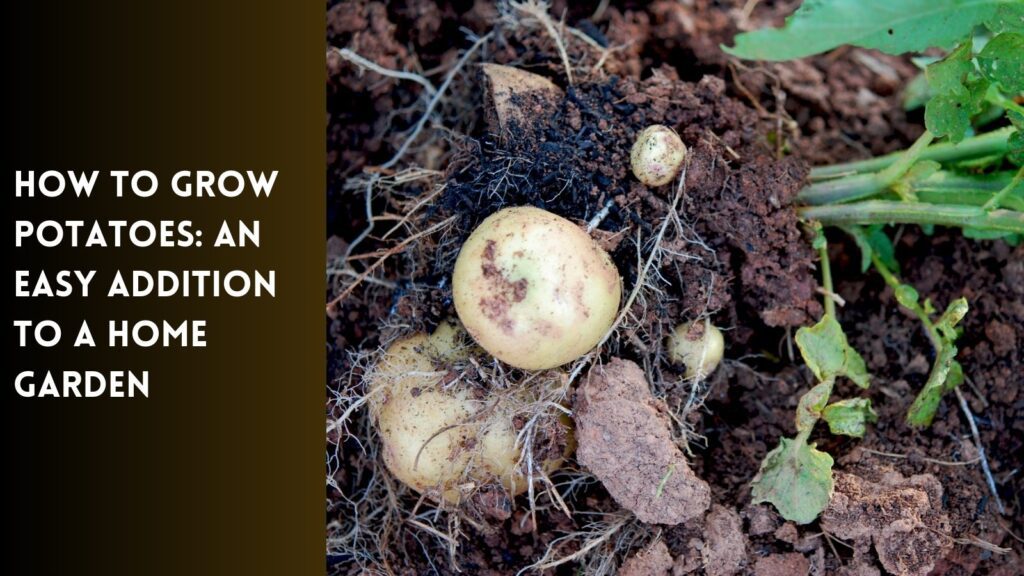
Top 15 Vegetables, Herbs, and Fruits for a Raised Bed Garden in Northeastern North Carolina
One of the greatest rewards? Not paying full price for produce; there’s nothing worse than waiting for a sale to shop for your favorite ingredients. Another thing is not worrying about the availability on the shelves. Here are a few leafy greens, root crops, and other edible plants you might enjoy:
Tomatoes
Varieties: Early Girl, Better Boy, Roma, Cherry tomatoes
Peppers
Varieties: Bell peppers, Jalapeno, Serrano, Cayenne
Cucumbers
Varieties: Marketmore, Straight Eight, Lemon cucumber
Squash
Varieties: Zucchini, Yellow summer squash, Butternut, Spaghetti squash
Beans
Varieties: Green beans, Lima beans, Pole beans, Bush beans
Peas
Varieties: Sugar snap peas, Snow peas, English peas
Eggplant
Varieties: Black Beauty, Ichiban, Fairy Tale
Lettuce
Varieties: Romaine, Butterhead, Loose-leaf, Iceberg
Kale
Varieties: Lacinato, Curly kale, Red Russian
Spinach
Varieties: Bloomsdale, Baby spinach, Malabar spinach
Swiss chard
Varieties: Bright Lights, Fordhook Giant, Ruby Red
Carrots
Varieties: Nantes, Danvers, Imperator, Chantenay carrots
Radishes
Varieties: Cherry Belle, French Breakfast, Watermelon radish
Basil
Varieties: Sweet basil, Thai basil, Purple basil, Lemon basil
Parsley
Varieties: Curly leaf parsley, Italian flat-leaf parsley
15 Top Annual and Perennial Flowers for Raised Flower Gardens in NE NC
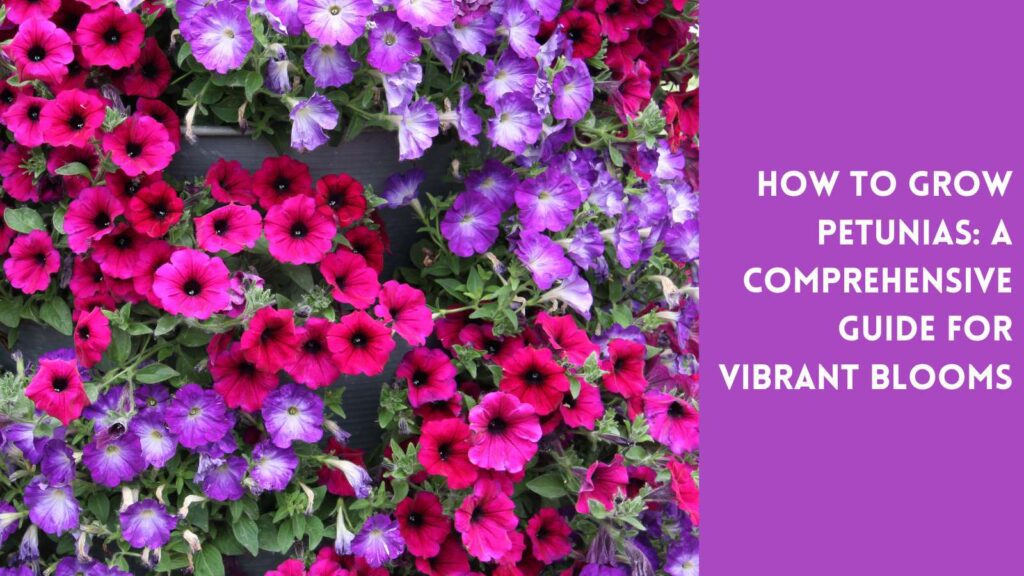
If flower gardening is more your style, try some of these beauties.
Annual Flowers for a Raised Bed Garden:
Marigolds
Varieties: African Marigold, French Marigold, Signet Marigold
Petunias
Varieties: Grandiflora, Multiflora, Wave, Supertunia
-
Varieties: Lilliput, State Fair, Profusion, Zowie! Yellow Flame
Impatiens
Varieties: Super Elfin, Tempo, Sunpatiens, Fusion
Snapdragons (tender perennials)
Varieties: Rocket, Sonnet, Candy Showers, Twinny
Cosmos
Varieties: Sensation, Double Click, Versailles, Sonata
-
Varieties: Pacific Beauty, Touch of Red, Bon Bon, Zeolights
Sunflowers
Varieties: Dwarf Sunflower, Giant Sunflower, Teddy Bear, Sunfinity
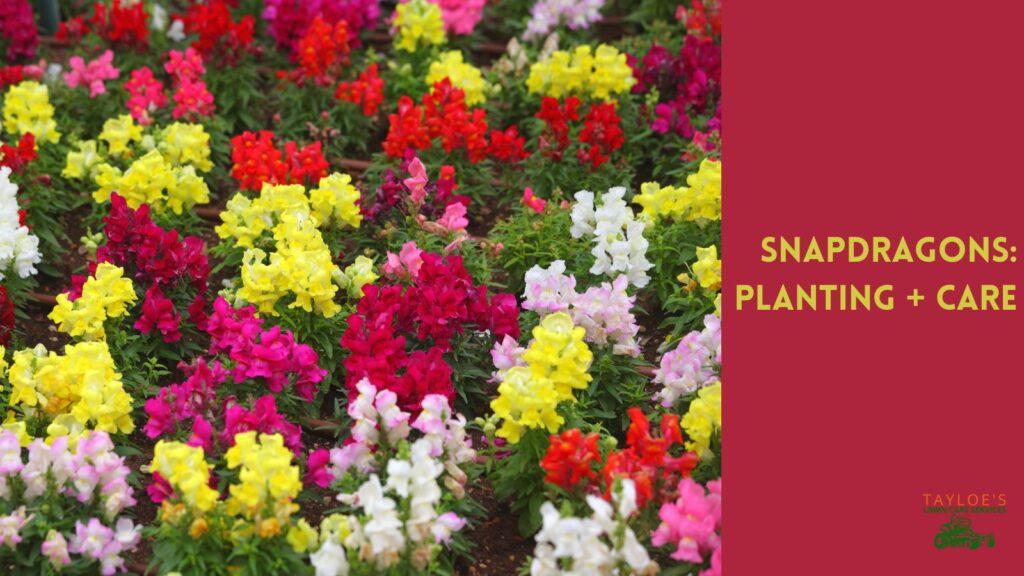
Perennial Flowers for a Raised Bed Garden:
Coneflowers (Echinacea)
Varieties: Purple coneflower, White Swan, PowWow Wild Berry, Cheyenne Spirit
Black-eyed Susans (Rudbeckia)
Varieties: Goldsturm, Denver Daisy, Cherokee Sunset, Viette’s Little Suzy
Coreopsis
Varieties: Moonbeam, Jethro Tull, Big Bang, Early Sunrise
Salvia
Varieties: May Night, Caradonna, Blue Hill, East Friesland
Daylilies (Hemerocallis)
Varieties: Stella de Oro, Happy Returns, Pardon Me, Black-eyed Stella
Lavender
Varieties: Hidcote, Munstead, Grosso, Phenomenal
Yarrow (Achillea)
Varieties: Moonshine, Strawberry Seduction, New Vintage, Summer Pastels
These fifteen annuals and perennials are perfect for creating a colorful and diverse raised flower garden. Choose a mix of varieties that offer different textures, heights, and blooming times to keep your garden visually exciting and in bloom throughout the growing season. Consider your region’s specific growing conditions and climate when selecting species for your raised garden beds.
The Takeaway: Raised Bed Garden Boxes Are an Excellent Method and Produce Favorable Outcomes for Gardeners of All Skill Levels
Raised bed gardens offer numerous benefits for people of all skill levels, making them ideal for growing fruits, vegetables, herbs, and flowers. You can create a thriving and productive garden space by understanding the advantages of raised beds, selecting the appropriate materials and construction techniques, and choosing the right plants for your region.
As you build your raised garden beds, remember that Tayloe’s Lawn Care Services supports your gardening and landscaping needs. We’ve got you covered! We can assist with pine straw mulch delivery and spreading yard clean-up help, and lawn care in Ahoskie, Windsor, and all of Bertie County, North Carolina. Our team is committed to providing exceptional service and helping you achieve your desired beautiful, healthy outdoor spaces.
Don’t hesitate to contact us for any questions or assistance with your raised bed garden or other outdoor projects. Follow Tayloe’s Lawn Care Services for expert advice, gardening tips, and the rest of our service offerings.
Author Profile

- Deborah Tayloe is the CEO and co-founder of Tayloe's Lawn Care Services, LLC. She has a B.S.Ed and holds certificates in soil and water management and herbology from accredited programs.
Latest entries
 Lawn CareDecember 29, 2025Commercial winter lawn care is a must
Lawn CareDecember 29, 2025Commercial winter lawn care is a must GardeningSeptember 27, 2025What perennials, shrubs, and trees don’t like fall pruning (and why)?
GardeningSeptember 27, 2025What perennials, shrubs, and trees don’t like fall pruning (and why)? Trees and ShrubsSeptember 14, 2025Fall Shrub Pruning Guide (September–October)
Trees and ShrubsSeptember 14, 2025Fall Shrub Pruning Guide (September–October) Trees and ShrubsApril 22, 2025Boxwood Blight: Early identification and isolation
Trees and ShrubsApril 22, 2025Boxwood Blight: Early identification and isolation






